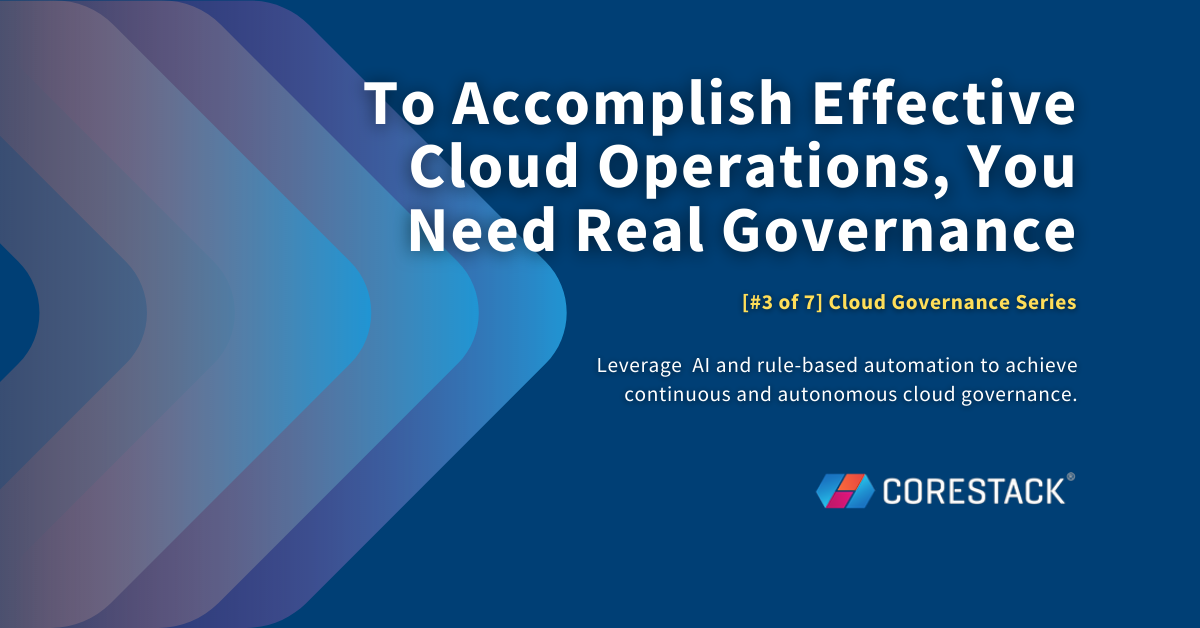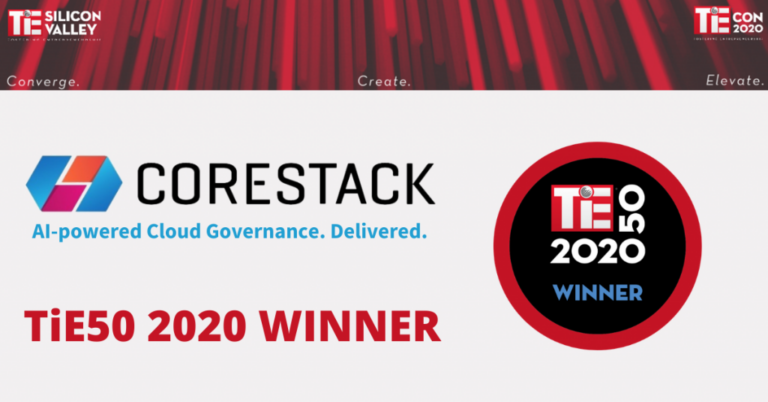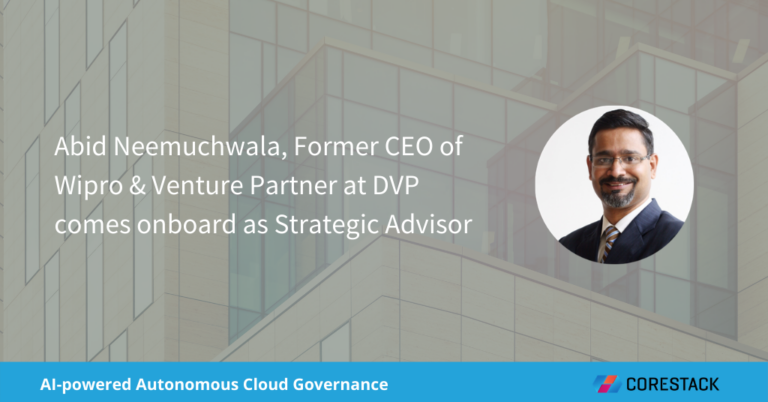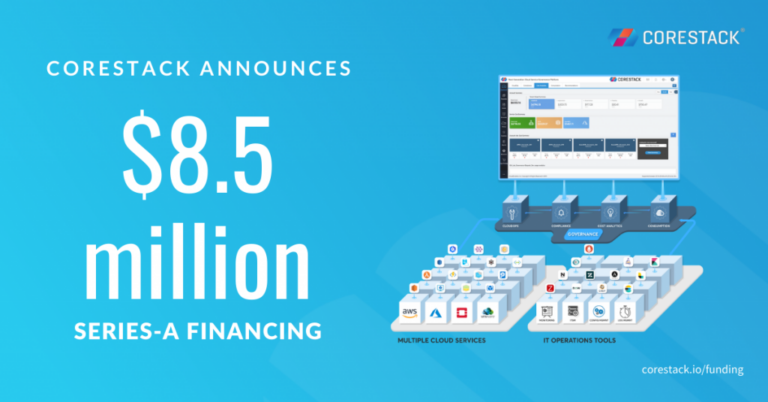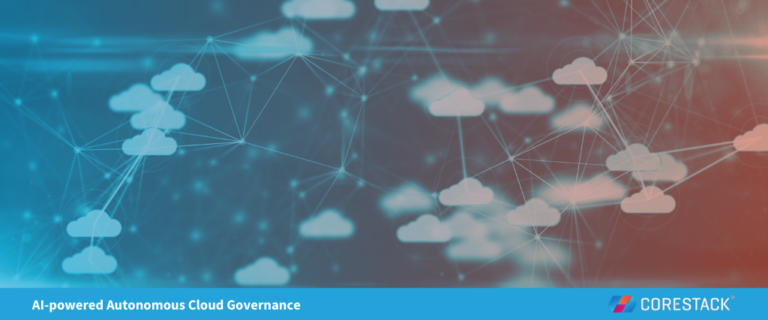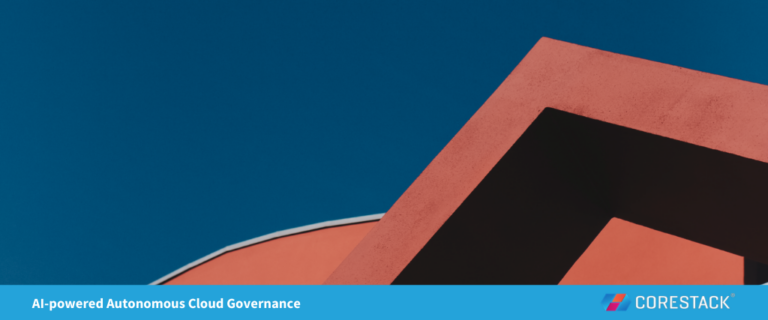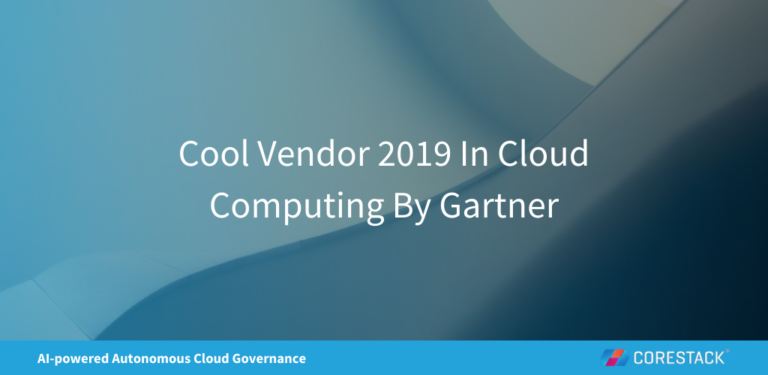To Accomplish Effective Cloud Operations, You Need Real Governance
In the previous blog post – part 2 of the cloud governance series – we introduced the OSCAR Cloud Governance Model. We also discussed about an important component of cloud governance i.e. Cloud Visibility. In this blog, we will talk about the first pillar of our OSCAR Governance framework which is ‘Cloud Operations' and how efficient cloud operations is the key to success in the cloud.
Operations automation and continuous improvement help in achieving significant business outcomes. Several businesses cannot afford to have a downtime of even a few minutes.
As per ITIC’s global survey which polled over 1000 organizations worldwide
- A single hour of downtime costs 98% of firms at least $100,000
- 86% of businesses say that the cost for one hour of downtime is $300,000 or higher
- 34% of businesses say the cost of a single hour of downtime can reach $1 million to over $5 million
- These numbers do not include penalties that may arise due to lawsuits or regulatory non-compliance issues
Unfortunately, operations automation is not a default offering packaged along with the cloud. It can only be achieved with effective governance and automation across the lifecycle of a cloud resource – provisioning, monitoring, and de-provisioning. Help teams avoid operational pitfalls that increase costs and risk without affecting their ability to rapidly respond to changing industry needs.
Native-cloud services related to monitoring, patching, security, policy, auditing, tagging, backup, and budget are great. But, since they are disparate and not connected, executing each of them separately, especially for multiple cloud resources, can get tedious and error-prone. Explore the ability to chain these various disparate native-cloud governance services resulting in an impactful continuous and autonomous governance.
Cloud Operations Governance – Orchestration and Automation
Orchestration is a critical component of effective operations governance. It guarantees service assurance and enhances operational efficiency.
Orchestration templates
Different cloud providers offer orchestration templates for simple and reliable provisioning and management of cloud and third-party tools in an automated and secure manner. Azure offers Azure Resource Manager (ARM) templates and AWS offers Cloud Formation (CFN) templates.
In a multi-cloud environment, explore tools that let you use these templates across multiple clouds easily. Few of them offer a wide range of pre-defined templates to meet various cloud operations governance use cases.
Automation scripts
Similarly, automation scripts related to Chef, Ansible, and PowerShell help in automating configuration management.
- Automate tagging of resources and plan tag-based group actions. More on this will be covered in the upcoming blog on resource governance
- Automate back-ups, archival, disaster recovery and schedule the start and stop of resources
Cloud Operations Governance – Monitoring and Alerts
Manually monitoring the resource configurations can get incredibly time-consuming. Hence, it is important to have a cloud operations dashboard that gives an overview of different operational metrics related to the various cloud accounts. Listed below are a few important parameters to be considered in the cloud operations dashboard.
Activity log
For example, activities such as provisioning a VM or deleting a security group rule. It is a good practice to send notifications over email or webhooks for a few critical activities such as provisioning or deletion of certain resources
Ensure every resource that gets provisioned is automatically configured for monitoring and threshold alerts for effective cloud operations
Monitoring can be achieved using the native-cloud monitoring services such as AWS CloudWatch, Azure Monitor or a third-party monitoring tool such as Zabbix, Nagios, LogicMonitor, and others
Consider leveraging the power of AI and Machine Learning to
- Predict workload performance and optimize threshold levels for different alerts
- Predict future trends in the vital cloud metrics such as costs and budget overruns
- Detect patterns for anomalies
In the next blog in this series, we will talk about the second pillar of our OSCAR Governance framework which is Cloud Security.

